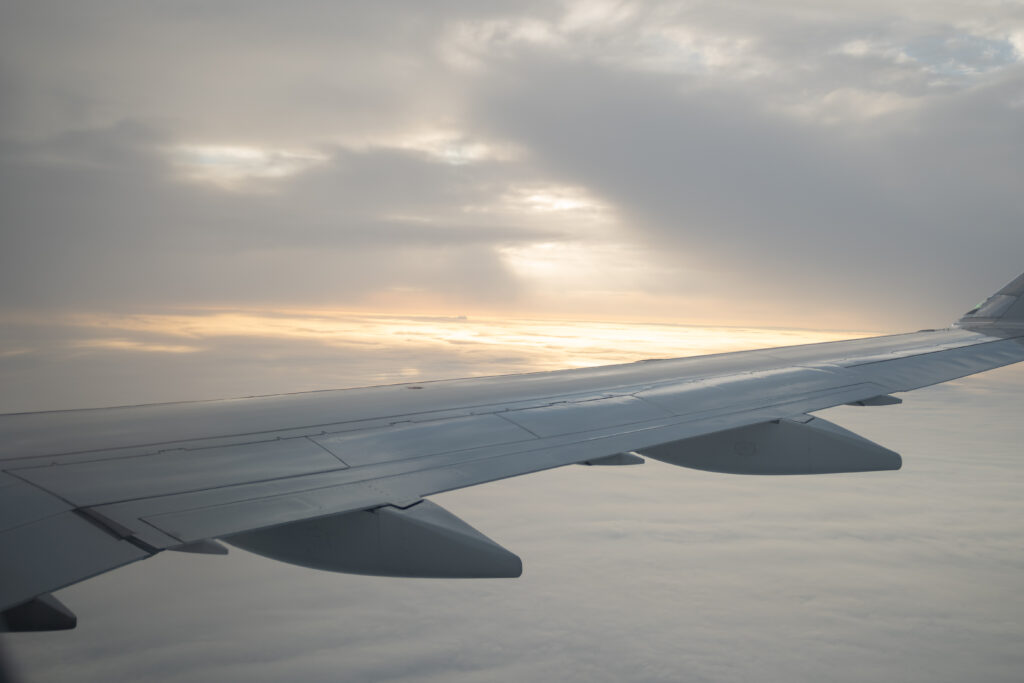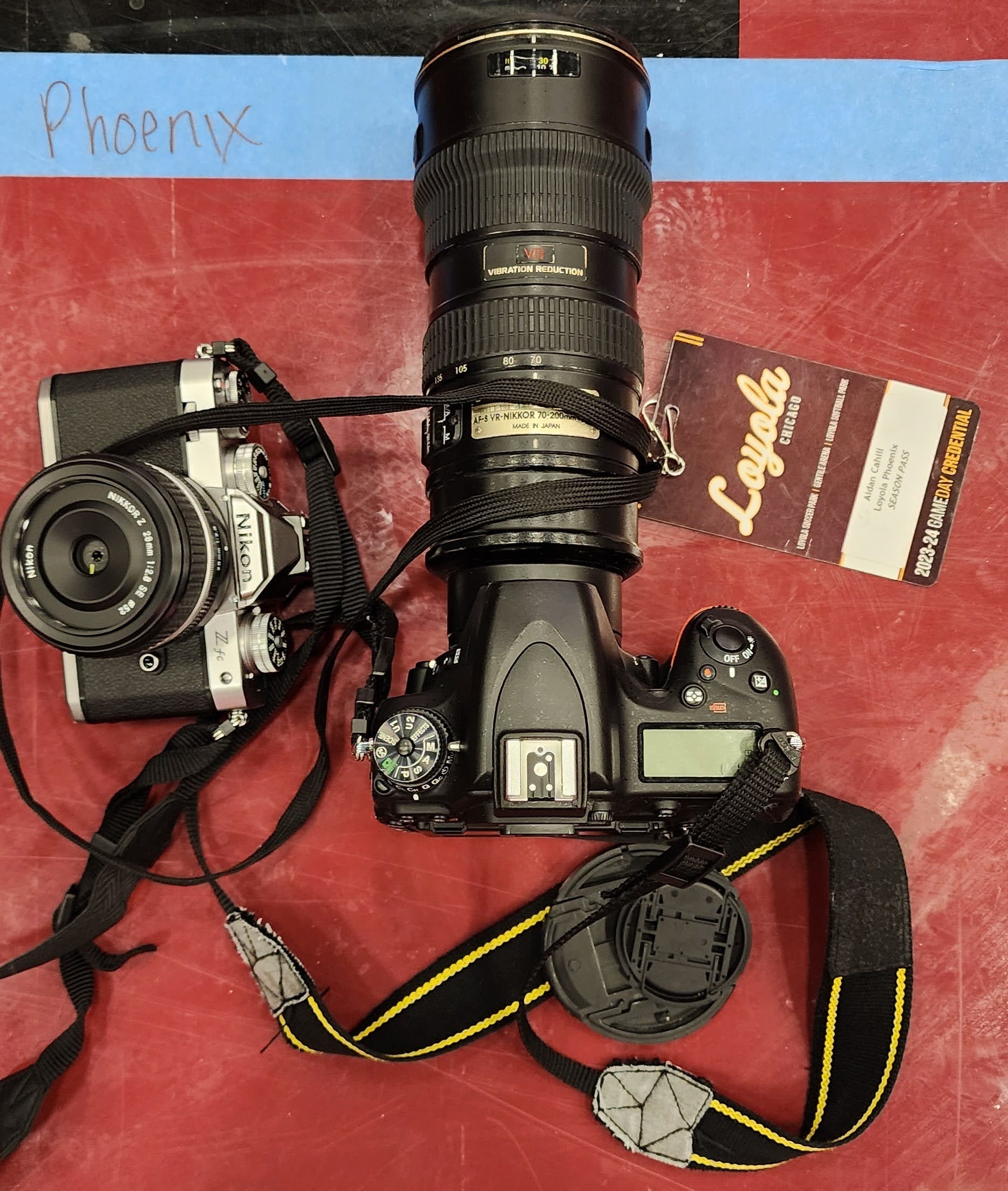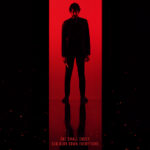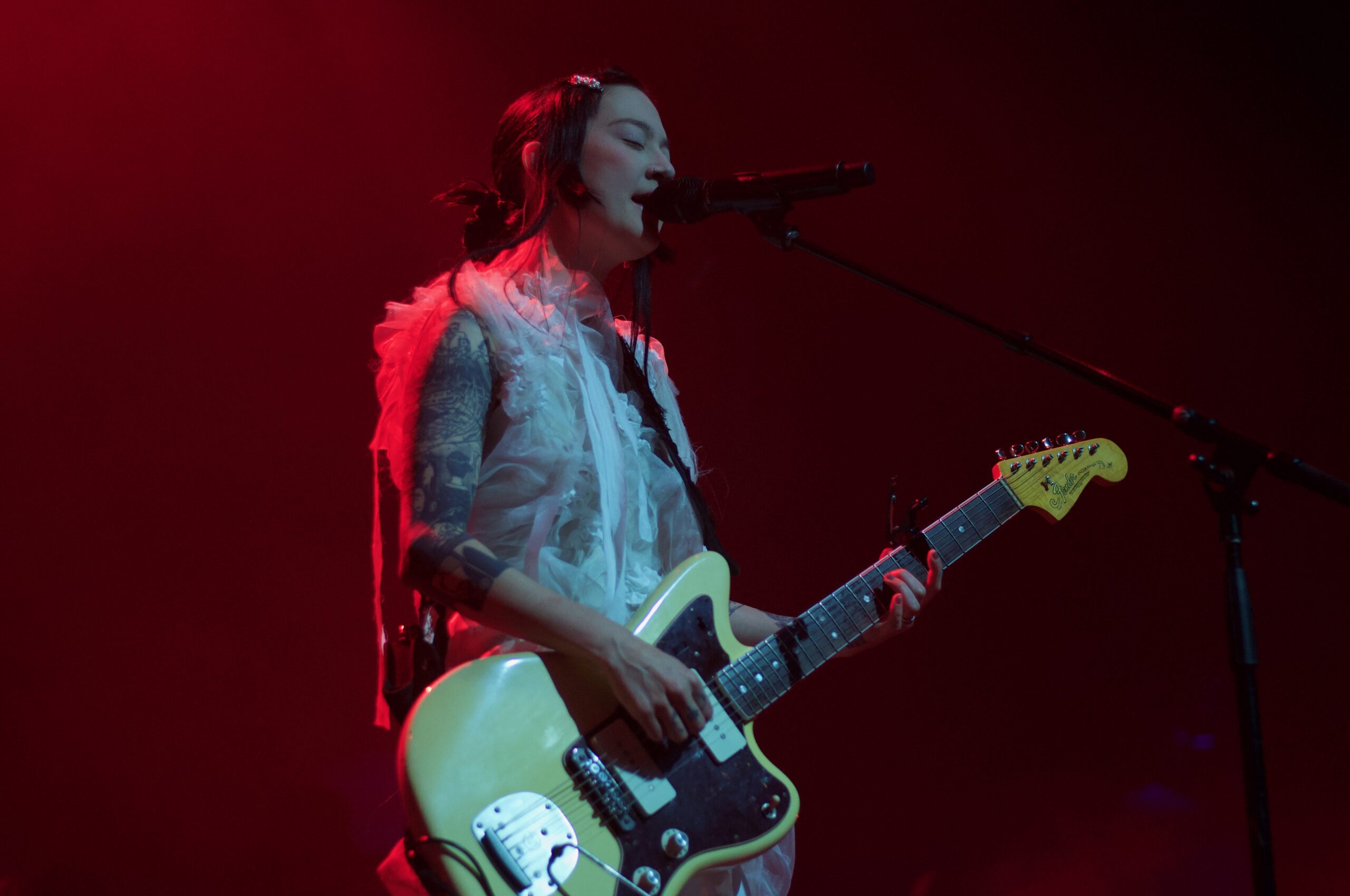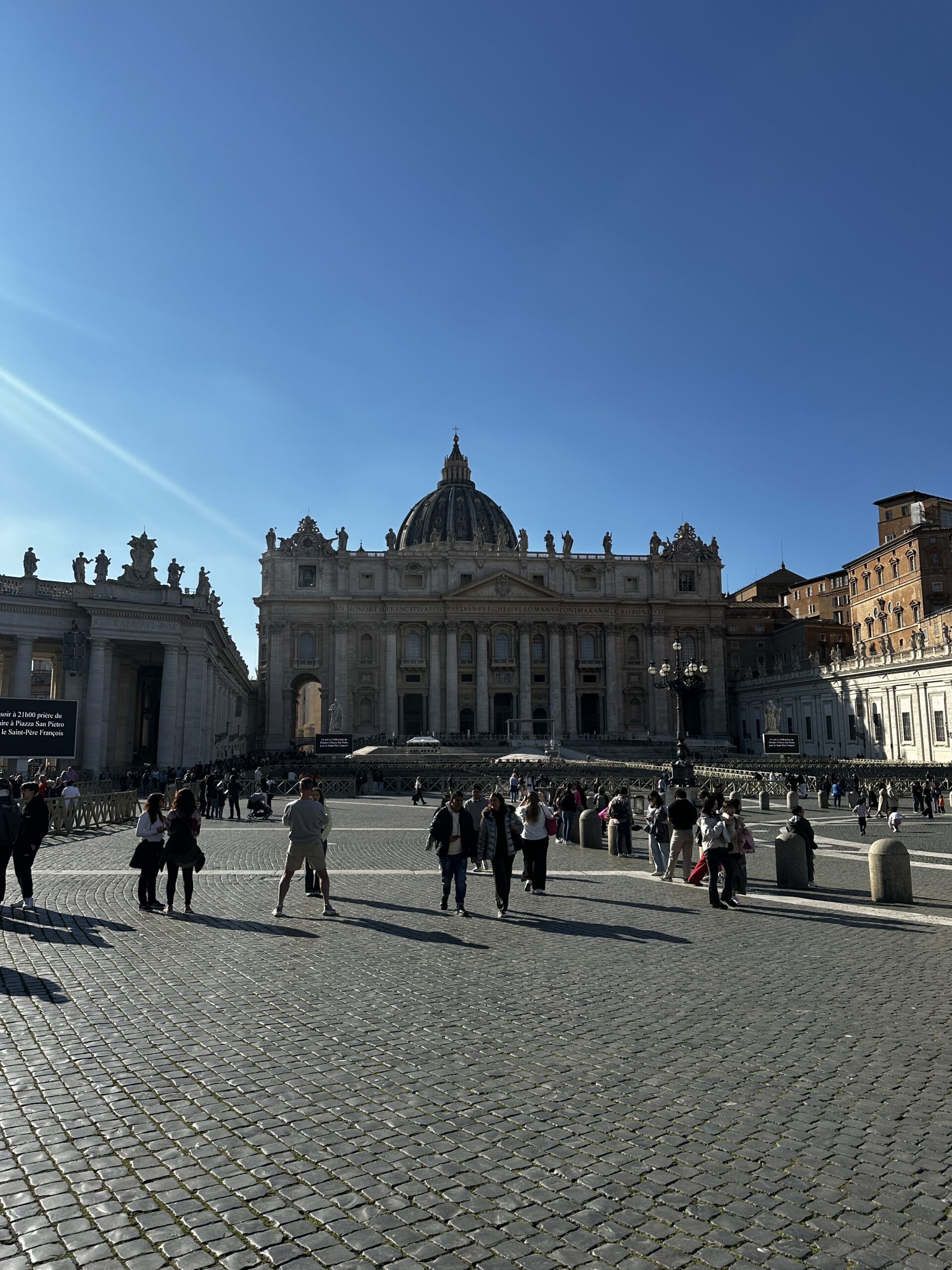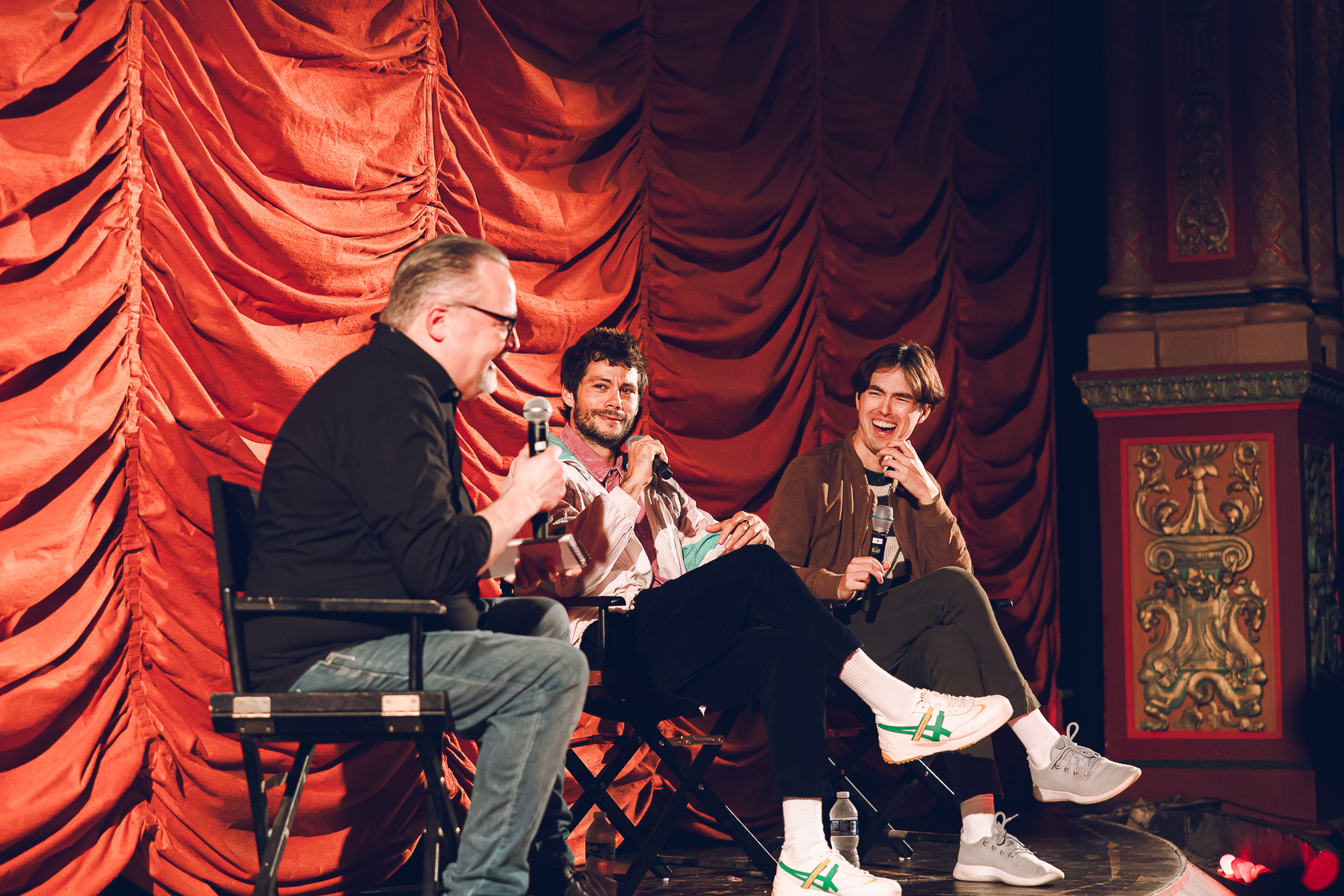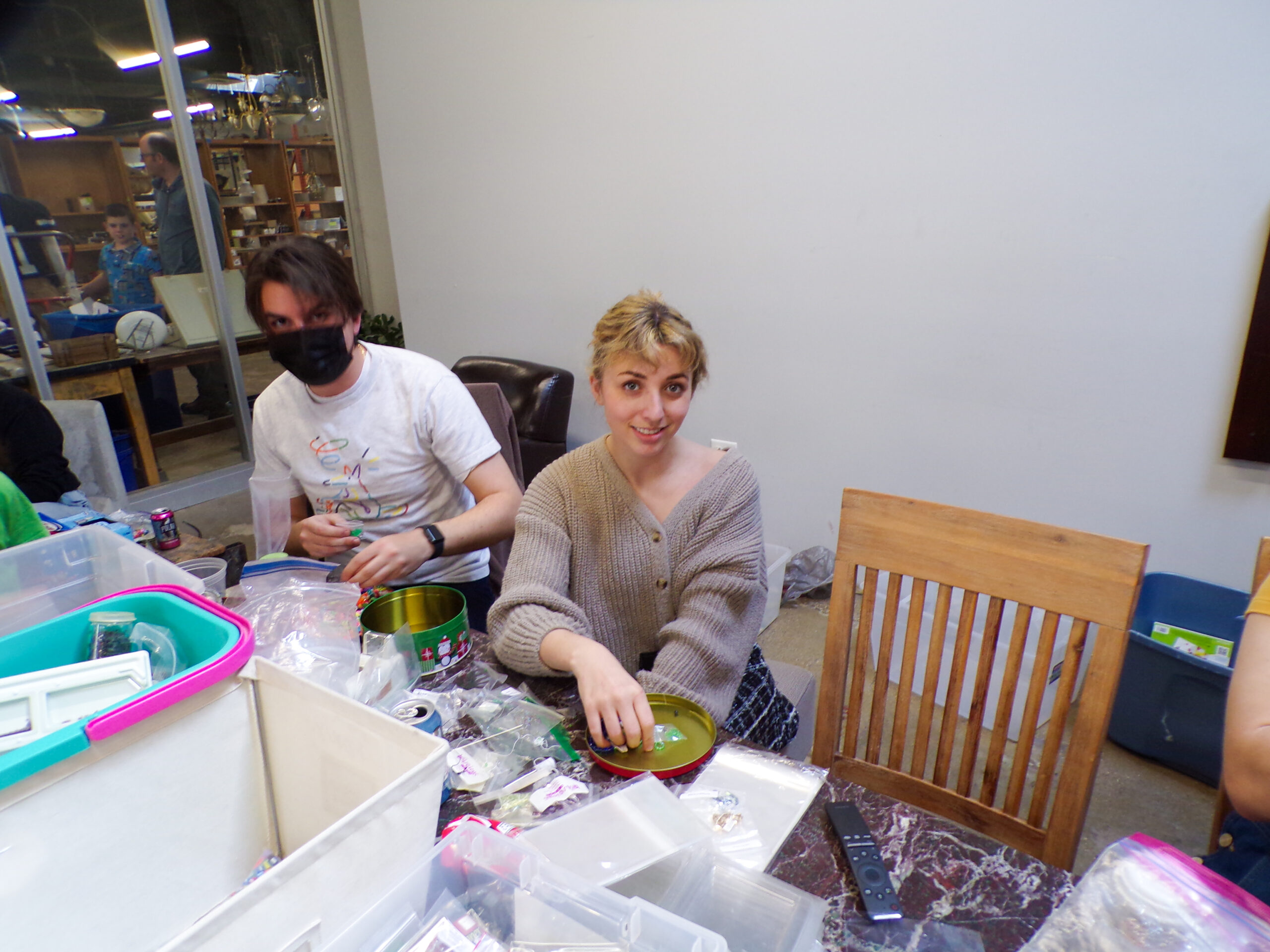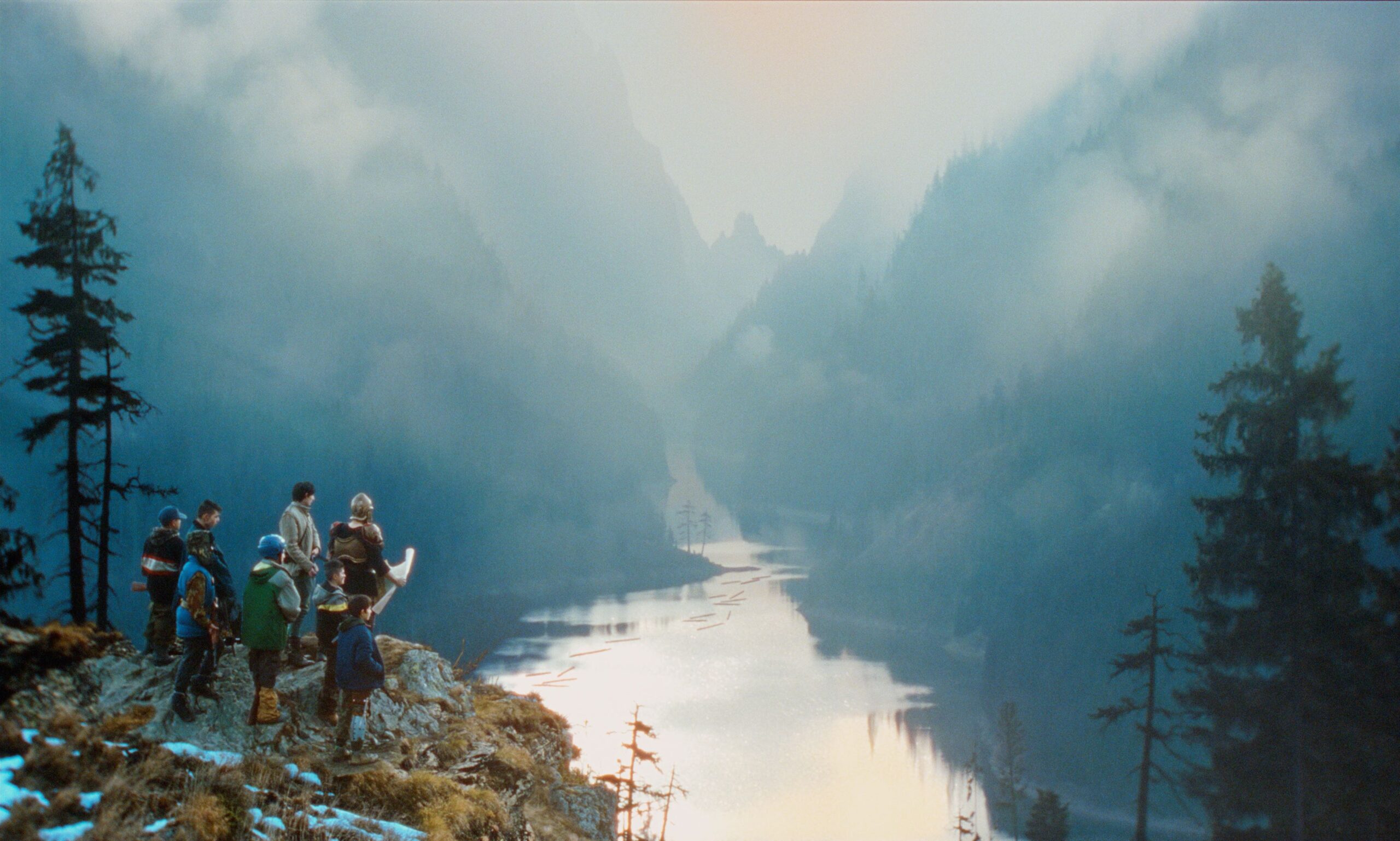Opinion editor and photographer Aidan Cahill talks about the journey and joy behind his work as a photographer.
In my four years at The Phoenix, I’ve done a lot.
I’ve written for arts, news and sports, covered events all over the city and worked as editor of the opinion section. While I’m proud of all of that, the most joy I’ve ever gotten has been behind the lens of my Nikon D-750 as a photographer.
The road to photography wasn’t easy for me. Growing up I was fortunate enough to have access to a camera, but I really didn’t know how to use it. I didn’t have many mentors to teach me, and I was too afraid to explore on my own. Like many newbies, I kept the settings on auto and only shot in JPGs for an embarrassingly long time.
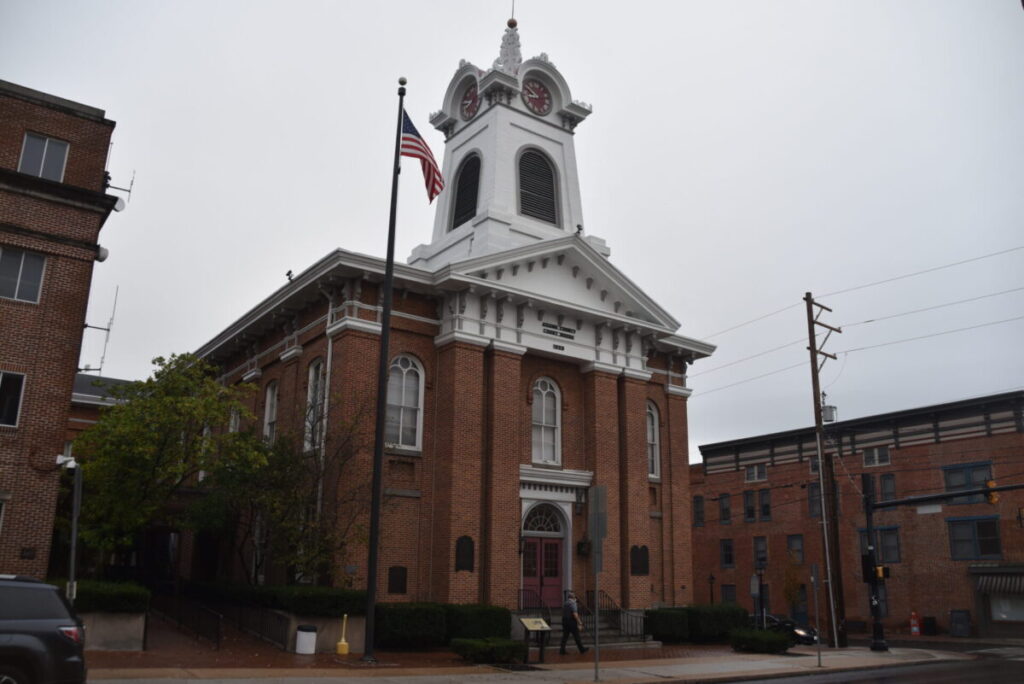
This continued for my first two years at Loyola. My first year was spent entirely online, and The Phoenix didn’t have a dedicated photo editor until I was a third-year. Trying to get into photography was an uphill battle, but it proved to be a necessary one.
Towards the end of my second year, I faced a crippling sense of burnout and anxiety from writing for The Phoenix. I felt as though my options were to quit or find something else within the organization that brought me fulfillment. Against the advice of some editors, I ended up doing a little bit of both. I took a semester off to take part in Loyola’s LUC in DC program and shifted my focus from writing to photography.
Despite what those editors said, these changes did wonders for me. While I had dipped my toes in photojournalism at the end of my second year, my third year is really when everything clicked. This was in large part thanks to one of my favorite professors, Shir Ende. Ende taught me how to shoot in manual — something I struggled with previously — and gave me the freedom to explore my creativity.
Ende wasn’t the only person who made me feel comfortable behind the camera. Through photography I met one of my closest friends on The Phoenix, 2023 photo editor Holden Green. Out of all the people on staff, I’ve probably worked with Holden the most and he’s been a huge part of my growth as a reporter.
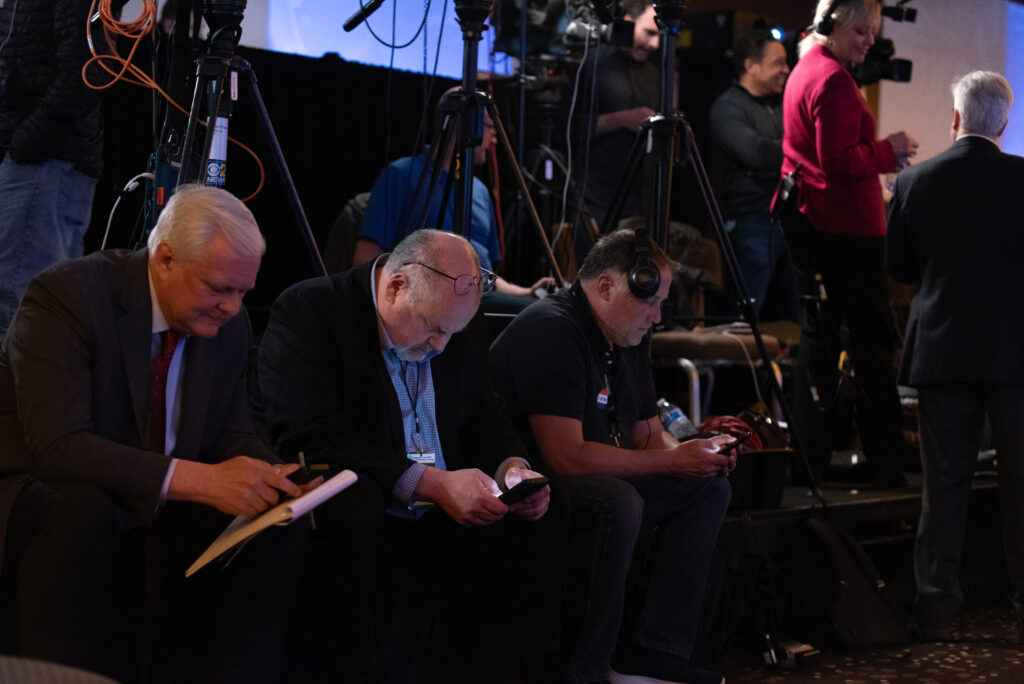
I also used it as a part of my final for Ende’s class. (Aidan Cahill / The Phoenix)
Thanks to those two people, photography has become an important part of my journalism experience. I love being behind the camera. I love working with the writers to add a visual component to their stories. I love being able to work in different sections without the added stress of writing and I love being in the field, covering events.
Being a photographer also allows me to see the world through a different lens. On the technical side, I’ll often see a photo and wonder how someone pulled off the shot or what editing techniques they used. On the reporting side, having the camera in hand allows me to help the writer in their efforts. I’ll often spot things the writer misses and help keep track of people they need to interview.
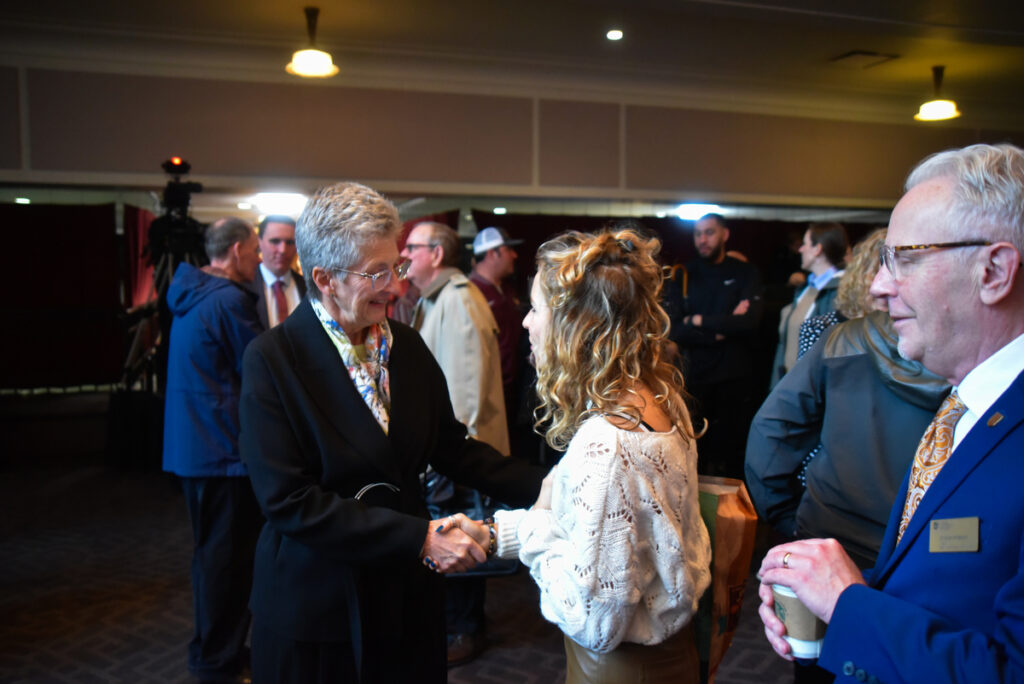
The camera makes you more cognizant of the people and world around you on a human level. It’s impossible not to develop a deep amount of respect and empathy for the subjects you’re shooting.
In sports journalism, this is especially true. As a photographer, I’ve gotten a chance to see how much work goes into a single game. From the equipment and facilities managers to the mascot handler and everyone else behind the scenes, I can’t help but be impressed by the dedication shown by these workers.
Sports photography is also unique in the fact that you get to know the players and coaches without saying a word to them. This can be something simple like knowing how a player will handle a play or something deeper like seeing their leadership in critical moments. You also see exactly when the referees get stuff wrong and hear when coaches blow a fuse in response.
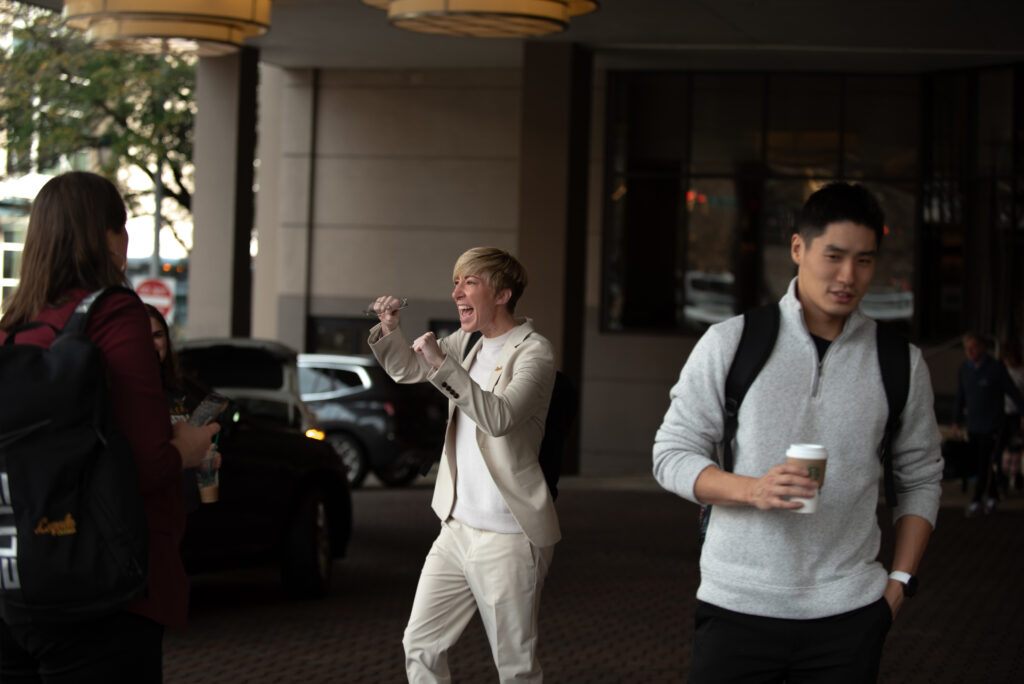
While sports might be fun, the most memorable photos are ones taken Tuesday night. Although the photo section tries to avoid it, stuff happens and audibles have to be called. These photos tend to be creative in their composition and themes due to the deadline and limited resources. These are often some of my favorite photos I’ve taken — despite the stress they caused at the time.
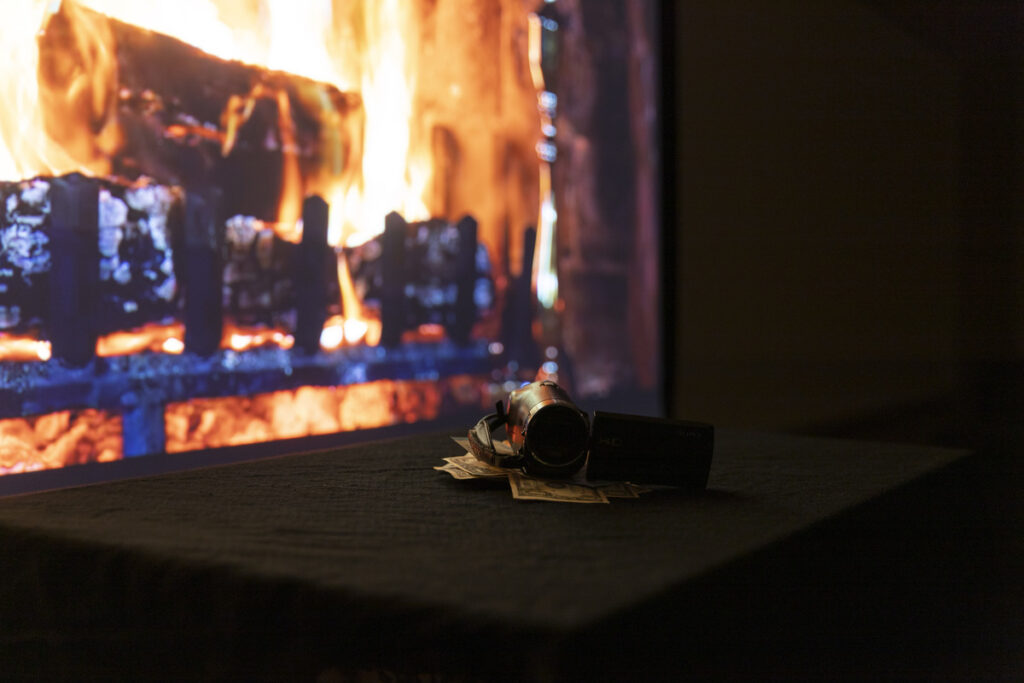
Years from now, when I look back at my time at The Phoenix, I’ll remember the moments behind the camera with warmth and nostalgia. Being a photographer has been an incredible privilege and it’s something I hope to continue — no matter where my path leads me.
